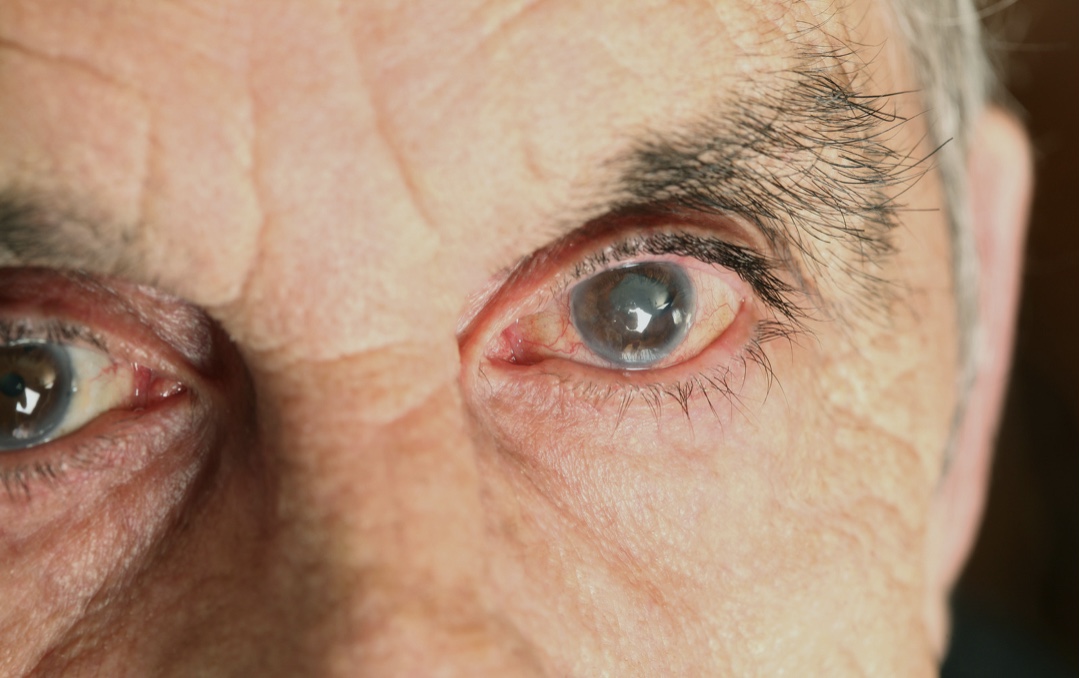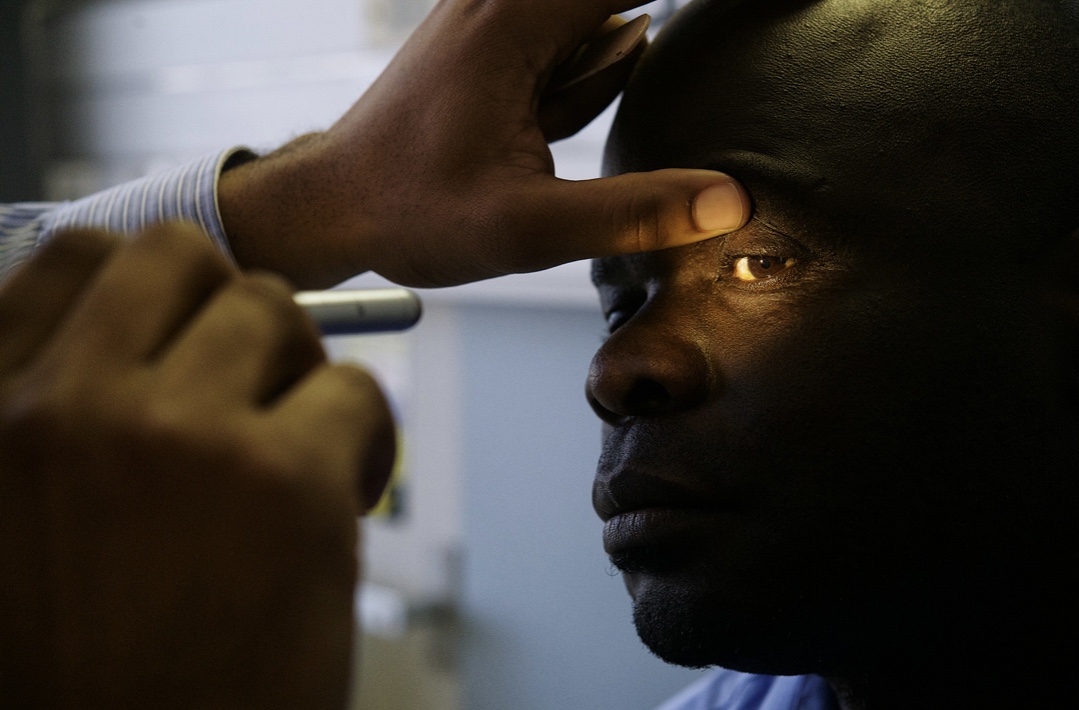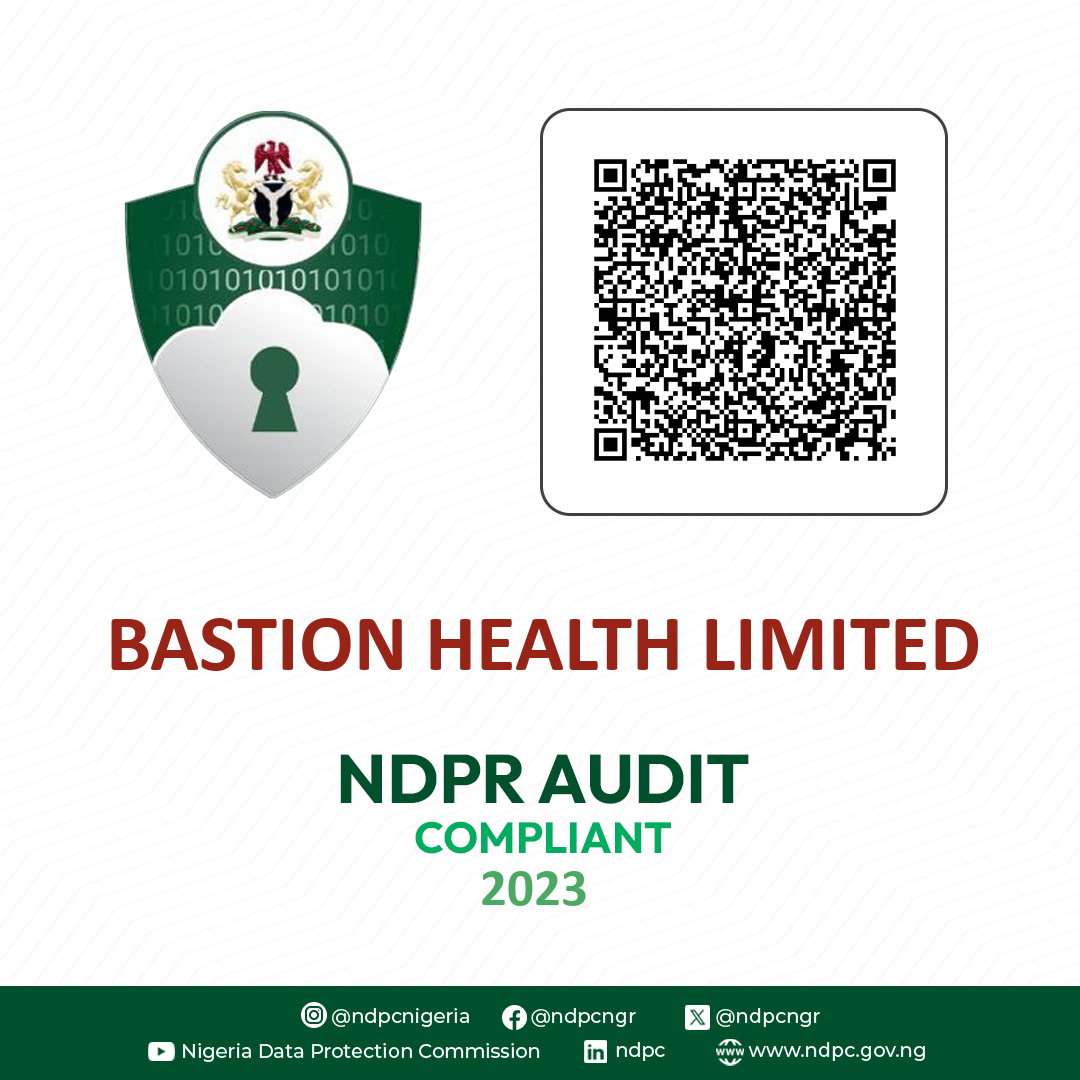Blindness is defined as visual acuity of less than 3/60, or a corresponding visual loss to less than 10⁰, in the better eye with the best possible correction (WHO). This simply means blindness is the inability to see at 3m what a person with a healthy eye will see at 60m despite using a form of correction, usually corrective lenses. Globally, the International Agency for the Prevention of Blindness’s Vision Atlas reported a total of 43 million people living with blindness and 295 million people living with moderate-severe visual impairment. The prevalence of people with visual impairment in low- and middle-income regions is four times higher than in high-income regions.

Globally, the leading causes of vision impairment are:
- Uncorrected refractive error: This refers to people with “long or short sightedness” and astigmatism who do not get their vision corrected with the aid of corrective lenses or surgery.
- Cataract: This is when the lens of the eye becomes unable to transmit light, resulting in blurred vision. It is a proportionately more common cause of visual impairment in low- and middle-income countries.
- Age related macular degeneration: This is as a result of increasing age which causes a part of the retina that receives light – the macular – to wear off and cause reduced vision.
- Glaucoma: Glaucoma is a leading cause of irreversible blindness with this condition being caused by progressive death of the nerve that transmits impulses from the eye to the brain (Optic nerves).
- Diabetic retinopathy: This refers to the changes that happen in the retina of the eye in patients with uncontrolled diabetes. This can result in visual field loss and blindness.
- Corneal opacity: This refers to a condition where the cornea becomes unable to transmit light as a result of trauma, infections, etc. that affects the cornea.

The risk factors for blindness are conditions that predispose individuals to any of the conditions above such as a family history of glaucoma, increasing age, diabetes, trauma to the eye, presence of a refractive error, etc. Other risk factors include being born premature, poor access to health care for the eyes, poor nutrition, illiteracy, etc. These risk factors are for the most part preventable and addressing methods of prevention remain an important way to address blindness.

How to prevent blindness:
- Regular eye examinations: Go to the hospital to see a medical doctor or if possible an eye specialist at least once a year for a comprehensive eye examination. This will help pick up any abnormalities on time and ensure prompt treatment. This will also help reduce the incidence and severity of visual loss.
- Family history: Know your family history to determine your risk for any eye diseases. A lot of eye diseases are hereditary and a family history will ensure that you are able to keep a close watch and make necessary lifestyle adjustment to prevent such conditions.
- Eating right: There are certain meals that help to improve eye health. Diets rich in fruits and dark leafy vegetables has been shown to benefit the eye tremendously. Omega-3 fatty acids have been shown to have eye health benefits and can be gotten from fish such as salmon, tuna and halibut.
- Maintain a healthy weight: Overweight or obese individuals have an increased risk of developing diabetes and other conditions which could result in vision loss. Exercise and healthy diets remain important ways to maintain a healthy weight.
- Protect your eyes: Wearing protective eyewear during activities that could result in accidents to the eye will help reduce the incidence of eye trauma. Sports, carpentry, welding, etc. all pose a significant risk of eye trauma. Safety glasses and goggles, safety shields and eye guards are examples of protective eye wear. Also, wear a sunshade when going out in the sun to also reduce exposure to ultraviolet radiation.









